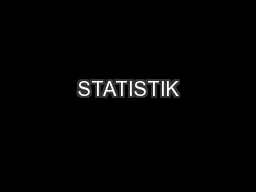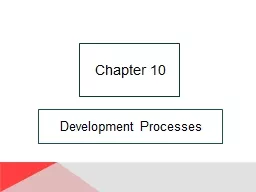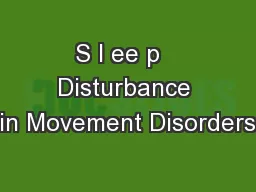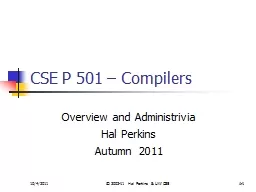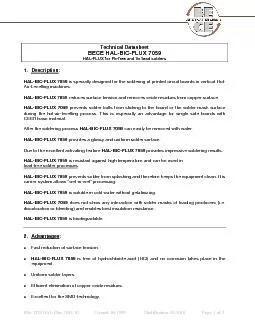PPT-2016 MOVEMENT DISORDERS Hal S. Pineless, D.O., FACN
Author : maxasp | Published Date : 2020-06-17
NeuroCare Institute of Central Florida Winter Park FL 32792 Clinical Assistant Professor of Medicine Neurology Florida State University College of Medicine Cardinal
Presentation Embed Code
Download Presentation
Download Presentation The PPT/PDF document "2016 MOVEMENT DISORDERS Hal S. Pineless,..." is the property of its rightful owner. Permission is granted to download and print the materials on this website for personal, non-commercial use only, and to display it on your personal computer provided you do not modify the materials and that you retain all copyright notices contained in the materials. By downloading content from our website, you accept the terms of this agreement.
2016 MOVEMENT DISORDERS Hal S. Pineless, D.O., FACN: Transcript
Download Rules Of Document
"2016 MOVEMENT DISORDERS Hal S. Pineless, D.O., FACN"The content belongs to its owner. You may download and print it for personal use, without modification, and keep all copyright notices. By downloading, you agree to these terms.
Related Documents




